
Children's literature or juvenile literature includes stories, books, magazines, and poems that are created for children. Modern children's literature is classified in two different ways: genre or the intended age of the reader, from picture books for the very young to young adult fiction.
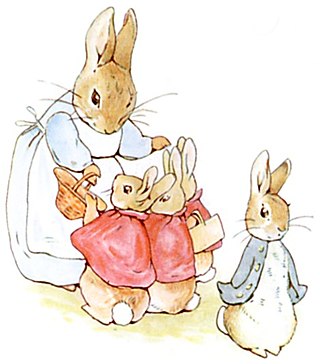
A picture book combines visual and verbal narratives in a book format, most often aimed at young children. With the narrative told primarily through text, they are distinct from comics, which do so primarily through sequential images. The images in picture books can be produced in a range of media, such as oil paints, acrylics, watercolor, and pencil. Picture books often serve as pedagogical resources, aiding with children's language development or understanding of the world.
This article contains information about the literary events and publications of 1922. Under modern copyright law of the United States, all works published before January 1, 1923, with a proper copyright notice entered the public domain in the United States no later than 75 years from the date of the copyright. Hence books published in 1922 or earlier entered the public domain in the United States in 1998.

The John Newbery Medal, frequently shortened to the Newbery, is a literary award given by the Association for Library Service to Children (ALSC), a division of the American Library Association (ALA), to the author of "the most distinguished contributions to American literature for children". The Newbery and the Caldecott Medal are considered the two most prestigious awards for children's literature in the United States. Books selected are widely carried by bookstores and libraries, the authors are interviewed on television, and master's theses and doctoral dissertations are written on them. Named for John Newbery, an 18th-century English publisher of juvenile books, the winner of the Newbery is selected at the ALA's Midwinter Conference by a fifteen-person committee. The Newbery was proposed by Frederic G. Melcher in 1921, making it the first children's book award in the world. The physical bronze medal was designed by Rene Paul Chambellan and is given to the winning author at the next ALA annual conference. Since its founding there have been several changes to the composition of the selection committee, while the physical medal remains the same.

Hendrik Willem van Loon was a Dutch-American historian, journalist, and children's book author.
Elaine Lobl Konigsburg was an American writer and illustrator of children's books and young adult fiction. She is one of six writers to win two Newbery Medals, the venerable American Library Association award for the year's "most distinguished contribution to American children's literature."

Viking Press is an American publishing company owned by Penguin Random House. It was founded in New York City on March 1, 1925, by Harold K. Guinzburg and George S. Oppenheimer and then acquired by the Penguin Group in 1975.

Jennifer L. Holm is an American children's writer, and recipient of three Newbery Honors and the Eisner Award.
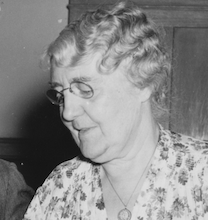
Clara Whitehill Hunt was an American teacher, librarian, writer, and advocate for children's library services.
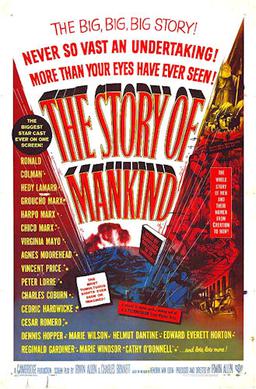
The Story of Mankind is a 1957 American dark fantasy film loosely based on the nonfiction book The Story of Mankind (1921) by Hendrik Willem van Loon. The film was directed and coproduced by Irwin Allen and released by Warner Bros.

Marguerite de Angeli was an American writer and illustrator of children's books including the 1950 Newbery Award winning book The Door in the Wall. She wrote and illustrated twenty-eight of her own books, and illustrated more than three dozen books and numerous magazine stories and articles for other authors.
Charles Boardman Hawes was an American writer of fiction and nonfiction sea stories, best known for three historical novels. He died suddenly at age 34, after only two of his five books had been published. He was the first U.S.-born winner of the annual Newbery Medal, recognizing his third novel The Dark Frigate (1923) as the year's best American children's book. Reviewing the Hawes Memorial Prize Contest in 1925, The New York Times observed that "his adventure stories of the sea caused him to be compared with Stevenson, Dana and Melville".
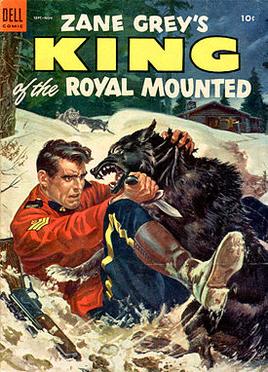
Stephen Slesinger was an American radio, television and film producer, and creator of comic strip characters. From 1923 to 1953, he created, produced, published, developed, licensed or represented several popular literary characters of the 1920s, 1930s and 1940s.
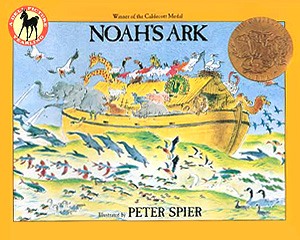
Noah's Ark is a children's picture book written and illustrated by Peter Spier, first published by Doubleday in 1977. The text includes Spier's translation of "The Flood" by Jacobus Revius, a 17th-century poem telling the Bible story of Noah's Ark. According to Kirkus Reviews, the poem comprises sixty three-syllable lines such as "Pair by pair". "Without revising or even enlarging on the old story, Spier fills it in, delightfully." In a retrospective essay about the Caldecott Medal-winning books from 1976 to 1985, Barbara Bader described the book as "at once elaborate and feeble" and Revius' poem as "neither particularly suited to children nor eloquent in itself."
The Great Quest by Charles Boardman Hawes is a children's adventure novel which was a Newbery Honor recipient in 1922. Illustrated by George Varian, it was published by The Atlantic Monthly Press in 1921.

The Old Tobacco Shop: A True Account of What Befell a Little Boy in Search of Adventure is a children's fantasy novel by William Bowen that was named a Newbery Honor book. The novel, published by MacMillan in 1921, is illustrated by Reginald Birch.

The Windy Hill is a children's novel by Cornelia Meigs. A brother and sister learn about their own family's history in New England through a series of tales told by the Beeman. The novel, illustrated by Berta and Elmer Hader, was first published in 1921 and was a Newbery Honor recipient in 1922.

Story of the Negro by Arna Bontemps is a children's history book published by Knopf in 1948. It was the first African-American authored book to receive a Newbery Honor.
Henry Gilbert (1868–1936) was a popular writer of children's literature, and the paternal grandfather of Molly Holden. His books continue to be reprinted. His books are noted for both their historical accuracy and their style.
SS Hendrik Willem Van Loon was a liberty ship built in the United States during World War II. She was named after Hendrik Willem Van Loon, a Dutch-American historian, journalist, and children's book author.














